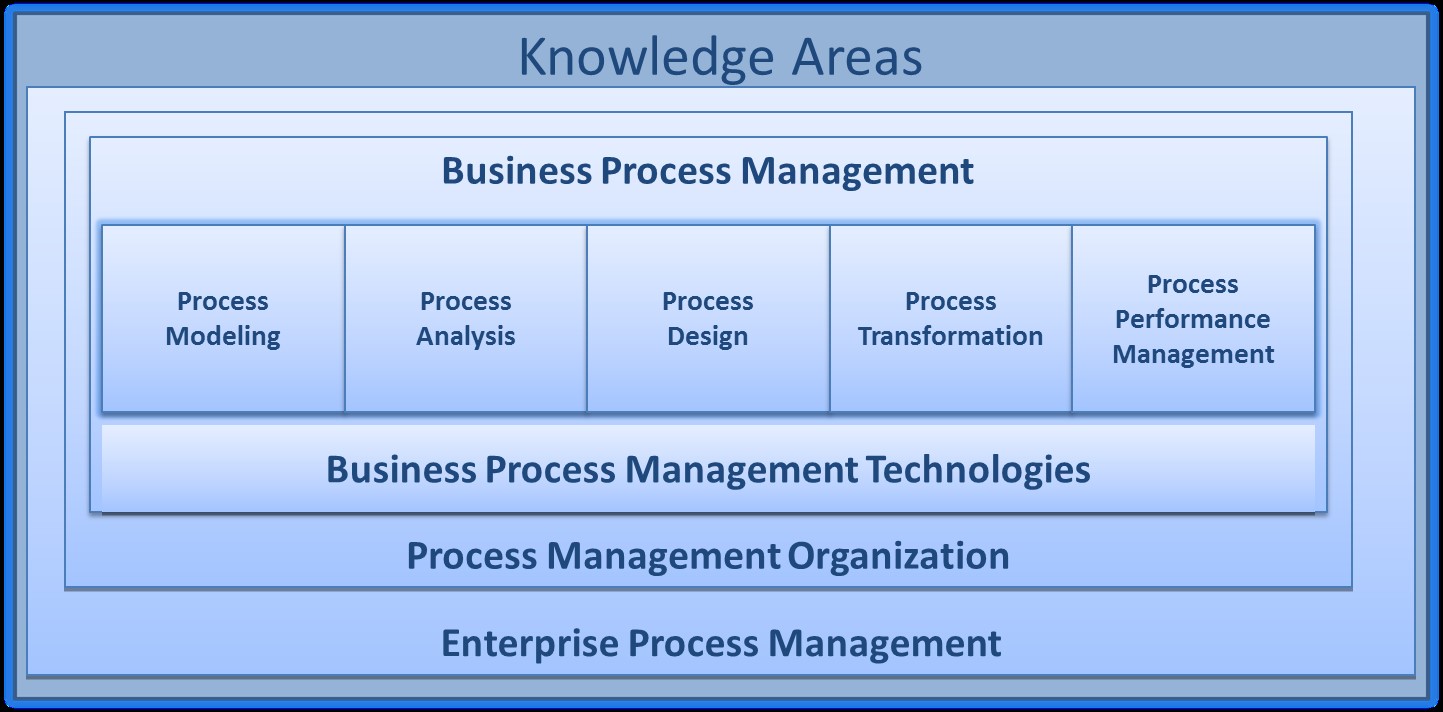
Every human effort is guided by processes, from planning a holiday to managing the manufacture of a rocket. This means that the processes that involve our life can be improved both by our experience, an example of work break, and by sophisticated technologies based on scientific research, such as corporations concerned with improving their results.
In order to deal with ever faster changes in a market in growing globalization, Information Technology (IT) was used to improve business. This innovation scenario enabled the emergence of Business Process Management (BPM). BPM aligns IT and operational technologies with organizational strategies.
BPM aligns information technology and operational technologies with organizational strategies
The word process means a set of activities performed by humans or machines in search of a certain result. In turn, business refers to the interaction of people in a set of activities that seek to add value to customers and generate benefits for those interested. Therefore, a business process is an end-to-end job that delivers value to customers and contributes to other processes.
Complementary definitions
BPM can be defined as “business support processes that use methods, techniques and software to design, execute, control and analyze operational processes that involve humans, organizations, applications, documents and other sources of information” [¹], according with Wil van der Aalst, Arthur ter Hofstede and Mathias Weske, prominent computer scientists from Germany and the Netherlands.
For Gart Capote, author of the book Guide for Training Process Analysts, Business Process Management is “a disciplinary approach to identify, design, execute, document, measure, monitor, control and improve business processes, whether automated or not, to achieve consistent results and aligned with the organization’s strategic objectives ”[²].
Splits in one solution
One of the main characteristics of BPM is interdisciplinarity, according to Ryan Ko [³], a professor at the University of Waikato, director of the NZ Institute for Security and Crime Science and a member of the New Zealand Ministry of Justice. Over the past four decades, BPM has been the subject of work on organizational management theory, computer science, mathematics, linguistics, semiotics and even philosophy.
This variety of approaches is visible in your application. There are authors who distinguish BPM, the discipline itself, from BPMS, the software applied to the discipline, and BPMN, focused on process modeling notation. In the market, these differences can usually be seen in different stages of application. Interact’s Process Management solution works with an integrated proposal, which permeates all stages of BPM with intelligence methodologies and software.
The official constitution of BPM as an area of knowledge emerged with the Association of Business Process Management Professionals (ABPMP), created in 2003 in the United States and promoted globally in 2010. It was responsible for the creation of the Business Process Managemente Common Body of Knowledge (BPM CBOK), which condenses concepts and fundamentals of the BPM discipline.
The collaborative construction of this guide provided a guide for Process Analysts around the world. In Brazil, the national chapter of the association was founded in 2008 by Gart Capote, José Davi Furlan, Leandro Jesus, Mauricio Bittencourt and Sérgio Mylius. In 2010, CBOK was translated into Portuguese, the same year in which it first offered the international professional certification test.
Discover the success story with the BPM module of the Universidad Tecnológica Indoamérica, Ecuador
The nine stages of BPM
BPM CBOK defines nine specific areas of knowledge:
1 – Business Process Management
2 – Process Management Organization
3 – Business Process Management
4 – Process Modeling
5 – Process Analysis
6 – Process Design
7 – Process Performance Management
8 – Process Transformation
9 – Process Management Technologies

Both the definition given by Gart Capote and European BPM researchers address these nine CBOK guidelines. Interact’s Process Management solution is moving in the same direction, with the flexibility to adapt to different scenarios and the advantage of offering automation in all phases. Discover here the modules that make up the Interact Process Management solution.
But after all, how to work methodologically on these nine steps? In which cases should I apply BPM in my business? Which principles should guide me in the application?
Answers to these and other questions you will find in the next post about BPM in practice, here on the Interact Blog.



